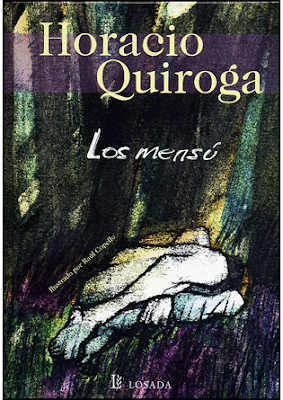Candomblé and Umbanda Festivities and holidays

Photo of artistical rendering of a Preto Velho - Old Negro Slave - taken from the Raiz Cultural (Cultural Roots) Blog The dates first: January 20 - Oxóssi February 2 - Iemanjá Day Bahia / Iguaçu April 23 - Ogum May 13 - Pretos Velhos (Old Negroes) June 13 - Xangô July 26 - Oxum September 27 - Saints Cosmas and Damian October 12 - Erê Children's Fest November 02 - Omulú November 15 – Umbanda’s Foundation / Flag Day December 04 - Iansã (Yansan) December 12 - Iemanjá (Yemanja) 25/12 - Oxalá Now some words on the dates: These are not holydays in the sense that shops close, children do not go to school and offices normally do not have to open. These are more internal celebrations or festivities held in Umbanda and Candomblé ‘terreiros’ or centers. These special days are dedicated to one Orisha (Orixá). But two main dates above mark important events inside and outside umbanda. May 13 is the day when Brazilians celebrate Slavery Abolition Day. It is the day whe



